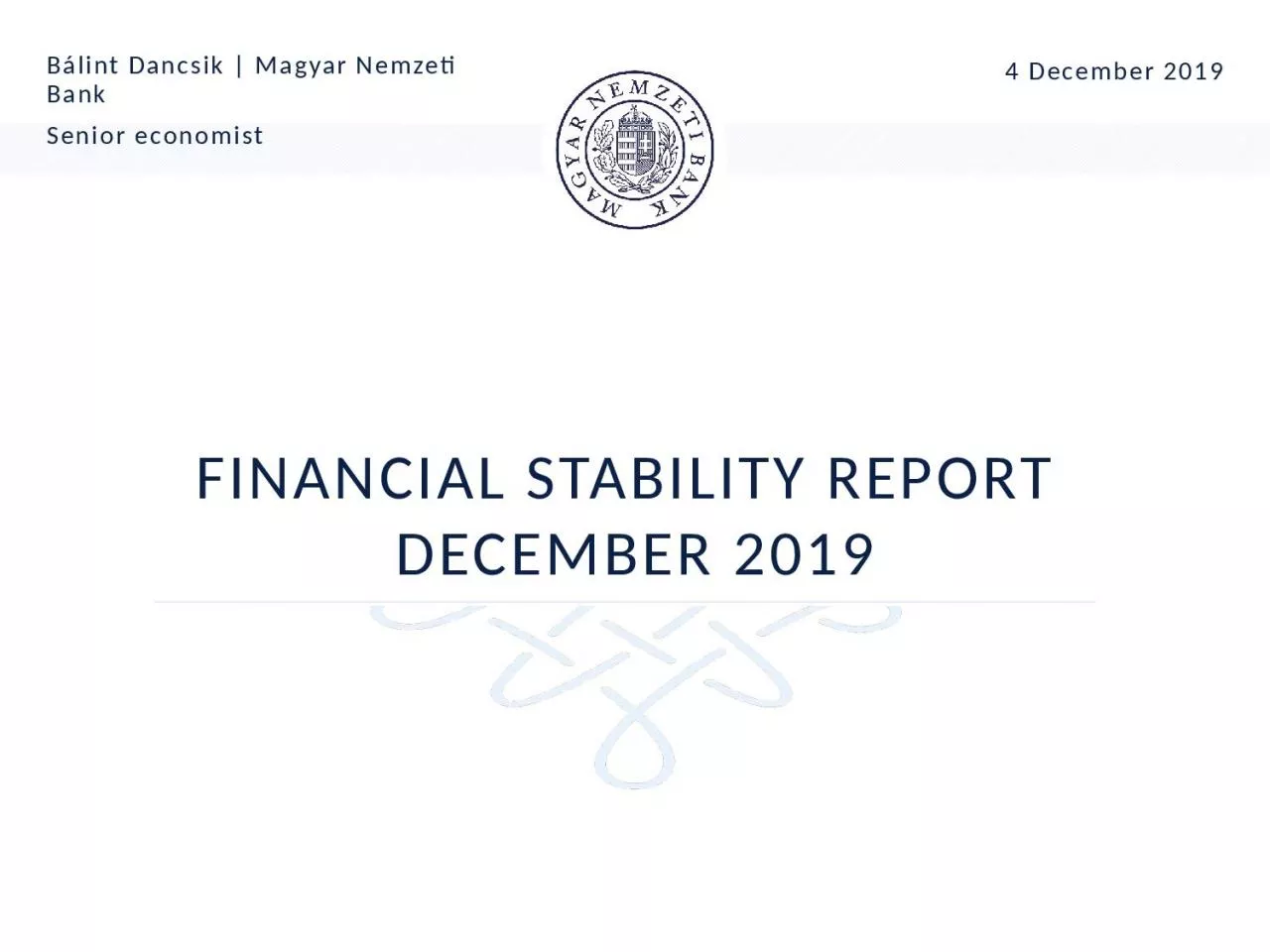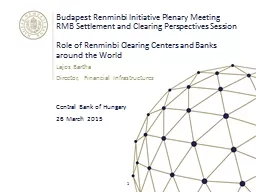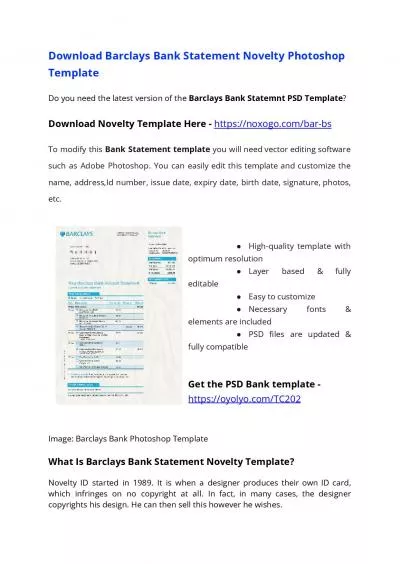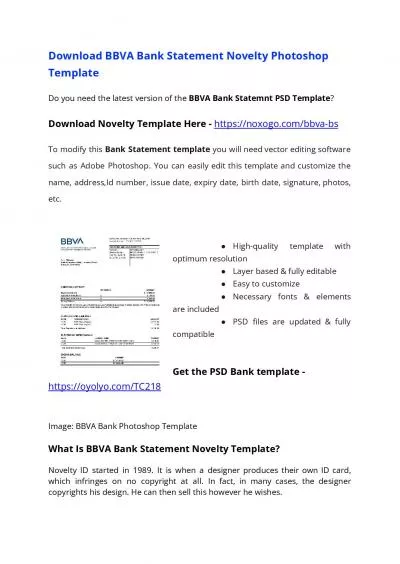PPT-4 December 2019 Bálint Dancsik | Magyar Nemzeti Bank
Author : jaena | Published Date : 2023-11-06
Senior economist Financial Stability report december 2019 Main messages The dynamic change in the external environment and the largescale government measures
Presentation Embed Code
Download Presentation
Download Presentation The PPT/PDF document "4 December 2019 Bálint Dancsik | Magyar..." is the property of its rightful owner. Permission is granted to download and print the materials on this website for personal, non-commercial use only, and to display it on your personal computer provided you do not modify the materials and that you retain all copyright notices contained in the materials. By downloading content from our website, you accept the terms of this agreement.
4 December 2019 Bálint Dancsik | Magyar Nemzeti Bank: Transcript
Download Rules Of Document
"4 December 2019 Bálint Dancsik | Magyar Nemzeti Bank"The content belongs to its owner. You may download and print it for personal use, without modification, and keep all copyright notices. By downloading, you agree to these terms.
Related Documents














